Planning a campervan rental in Australia can be one of the most exciting parts of your trip, but it can also feel overwhelming if you’re doing it for the first time. From choosing the right vehicle to understanding rental costs, policies, and unexpected charges, there’s a lot to consider before hitting the open road. What if I told you that you could rent a campervan for as little as one dollar a day? Sounds incredible, right? Well, that’s just the tip of the iceberg.
In this comprehensive guide, I’ll walk you through everything you need to know about campervan rental Australia — from the different types of vehicles available and the best rental operators, to costs, policies, and insider tips that most first-time visitors don’t know. Whether you’re planning a short getaway or a long road trip across this vast and diverse country, this guide will help you make informed decisions so you can enjoy your adventure stress-free.
Understanding Vehicle Types: Campervans vs Motorhomes
One of the first decisions you’ll face when renting a campervan in Australia is choosing between a campervan and a motorhome. While these terms are often used interchangeably, they refer to different types of vehicles with distinct features and benefits.
What is a Campervan?
A campervan is generally a smaller van-style vehicle, typically designed to sleep two to three people. They come with basic facilities, including a fold-out bed and a small kitchenette. However, most campervans do not have built-in showers or toilets. Their compact size makes them highly agile and easier to drive, especially on narrow roads or in busy city areas. They fit into regular parking spaces without much hassle, which is a huge advantage if you plan to visit urban centers or tight spots.
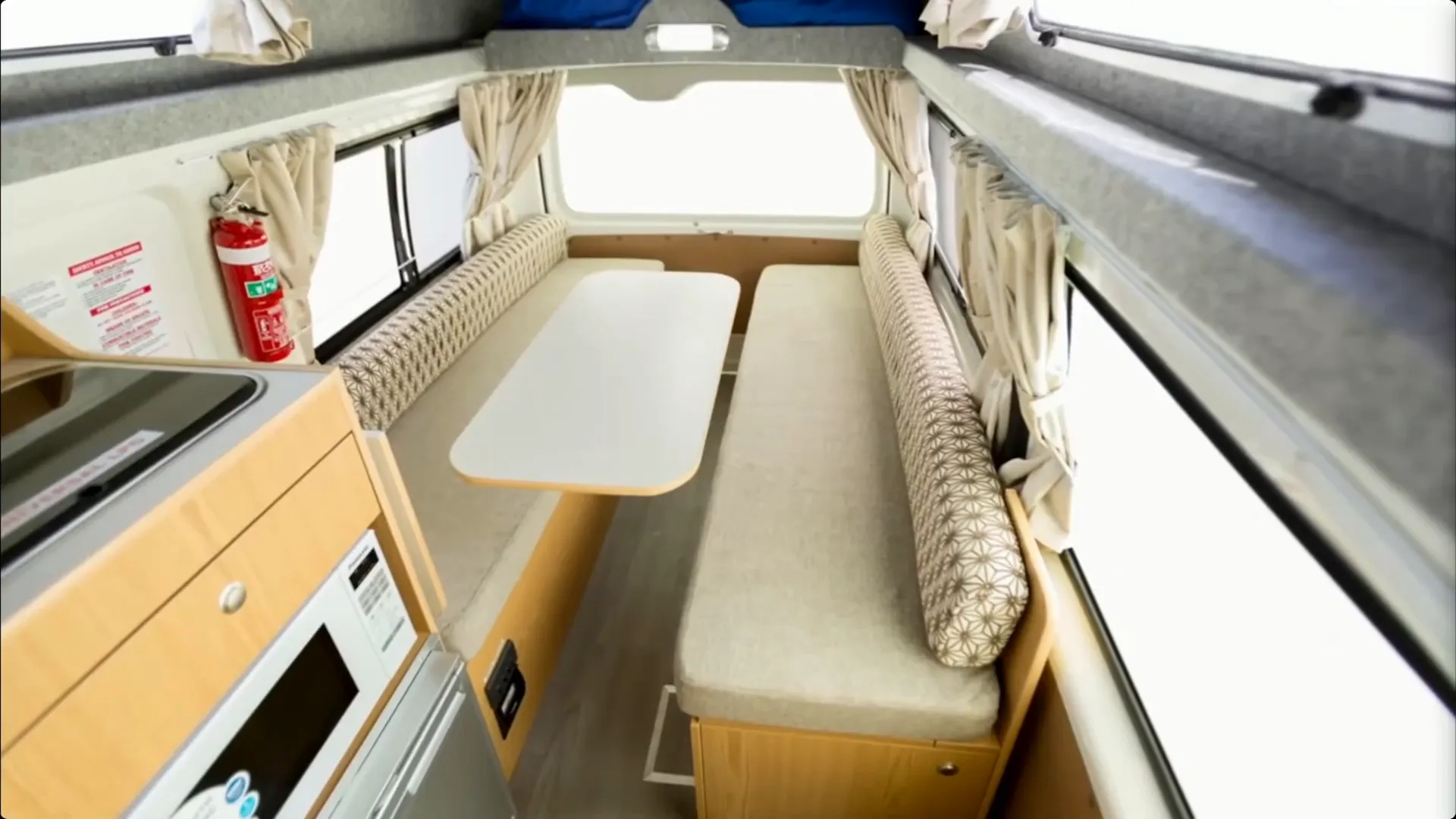
What is a Motorhome?
Motorhomes are larger RV-style vehicles that often accommodate six or more people. They come equipped with full amenities, including built-in bathrooms with showers and toilets, a proper kitchen area, and more living space. Motorhomes are usually self-contained, meaning they have onboard waste and water tanks that allow for freedom camping — camping outside of holiday parks in designated areas that require self-contained vehicles.
The extra space in a motorhome means you might enjoy features like a dining table, more storage, and a generally more comfortable long-term stay. However, driving a motorhome can be challenging if you’ve never handled a large vehicle before. Some motorhomes are over seven meters long and quite tall, so maneuvering them on narrow or busy roads requires practice.

Important Driving Tips
If you’re arriving in Australia on a long-haul flight, I recommend giving yourself a day or two to rest before getting behind the wheel of a large motorhome. This helps you adjust to the vehicle’s size and gives you confidence on Aussie roads. Remember, driving a campervan or motorhome is different from driving a car, especially in rural or outback areas where road conditions can be unpredictable.
Campervan Rental Operators in Australia
Australia offers a wide range of campervan and motorhome rental companies, from large international brands to smaller local operators. Choosing the right rental company affects your entire experience — from the quality and age of the vehicle to roadside support if something goes wrong.
Major Players in the Market
The largest player in the Australian campervan hire market is THL Rentals, which operates several well-known brands including Pritz, Maui, and Mighty. They also own the Apollo Rentals brand. Typically, their vehicles begin their life cycle in the Maui brand, then after two to three years move into the Pritz brand, and eventually into the Mighty brand after another two to three years.
Apollo Rentals has a similar tier system, with budget options like Cheaper Camper and Happy Campers, which were once part of the Apollo fleet. All these brands are part of the same family, so you can expect similar depot locations and customer support across them.
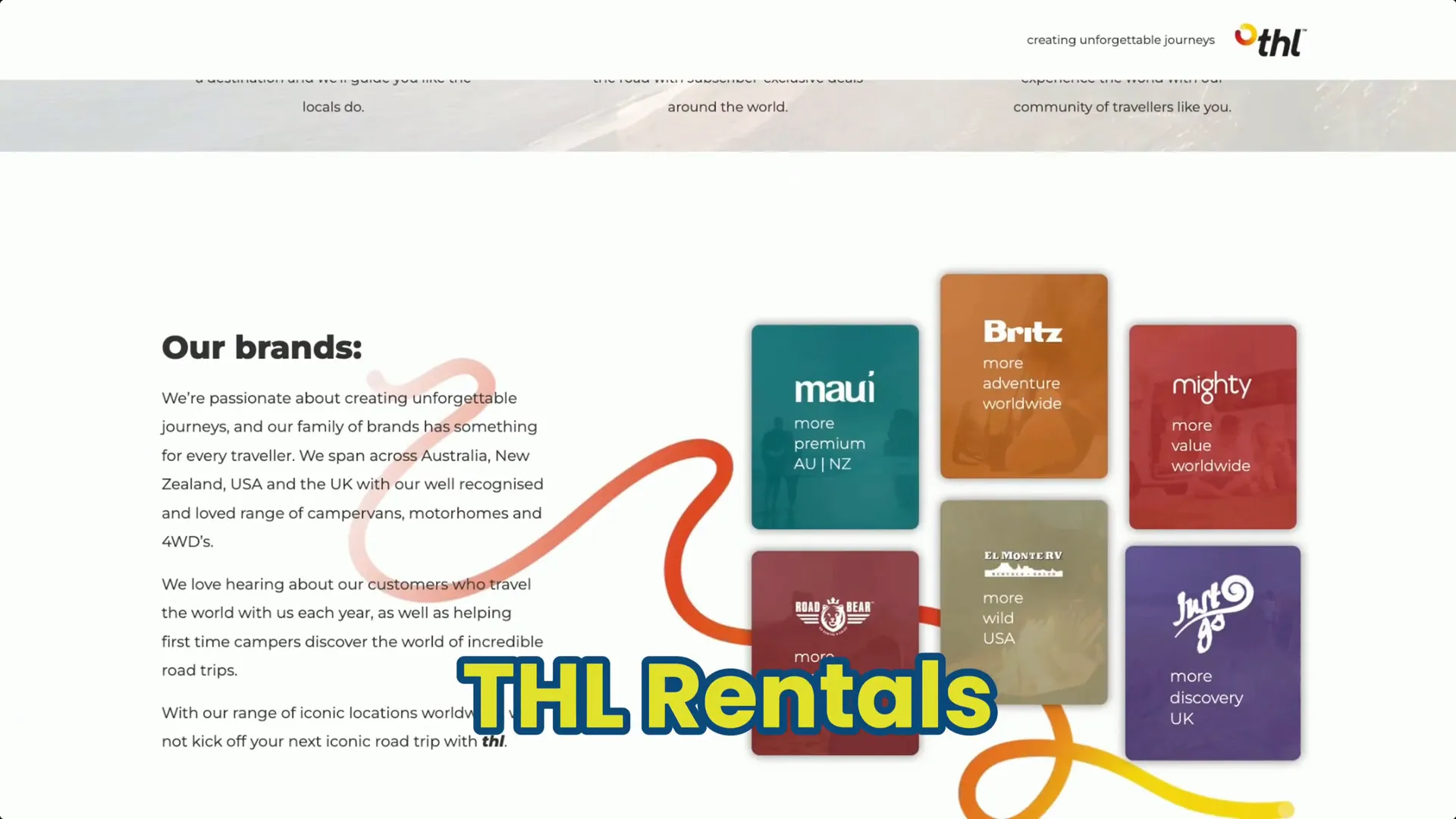
Independent Rental Companies
Besides the big players, there are independent operators such as Let’s Go, Choose Your Rentals, and Cruisin. These companies have their own advantages and disadvantages, like depot locations or vehicle variety, so it’s wise to research and compare before booking.
Using Comparison Websites
A fantastic tool for planning and booking your campervan rental is the DriveNow comparison website. It offers a full range of operators and vehicle options, allowing you to filter by vehicle size, features, rental policies, and read traveler reviews. The prices on DriveNow are typically the same as booking directly with the rental company but with the added convenience of side-by-side comparisons.
Once you’ve narrowed down your choices, double-check what’s included in the rental. Important questions to ask include:
- Does the rental include insurance, or will you need to pay extra?
- Are bedding and linen provided?
- Are there fees for additional drivers?
- What are the cancellation policies?
Knowing these details upfront helps avoid surprises at the depot or during your trip.
Choosing the Right Vehicle for Your Trip
So which vehicle is best for you? It depends on your travel style, group size, and budget.
- For families or longer vacations (3-4 weeks): A spacious motorhome is ideal. It provides more comfort, amenities, and space for everyone.
- For solo travelers or couples on a budget: A smaller campervan is more affordable and easier to drive.
Overall, I recommend paying a little extra for a newer vehicle, ideally two to three years old. You’ll spend a lot of time inside your campervan or motorhome, so comfort and reliability are key factors.
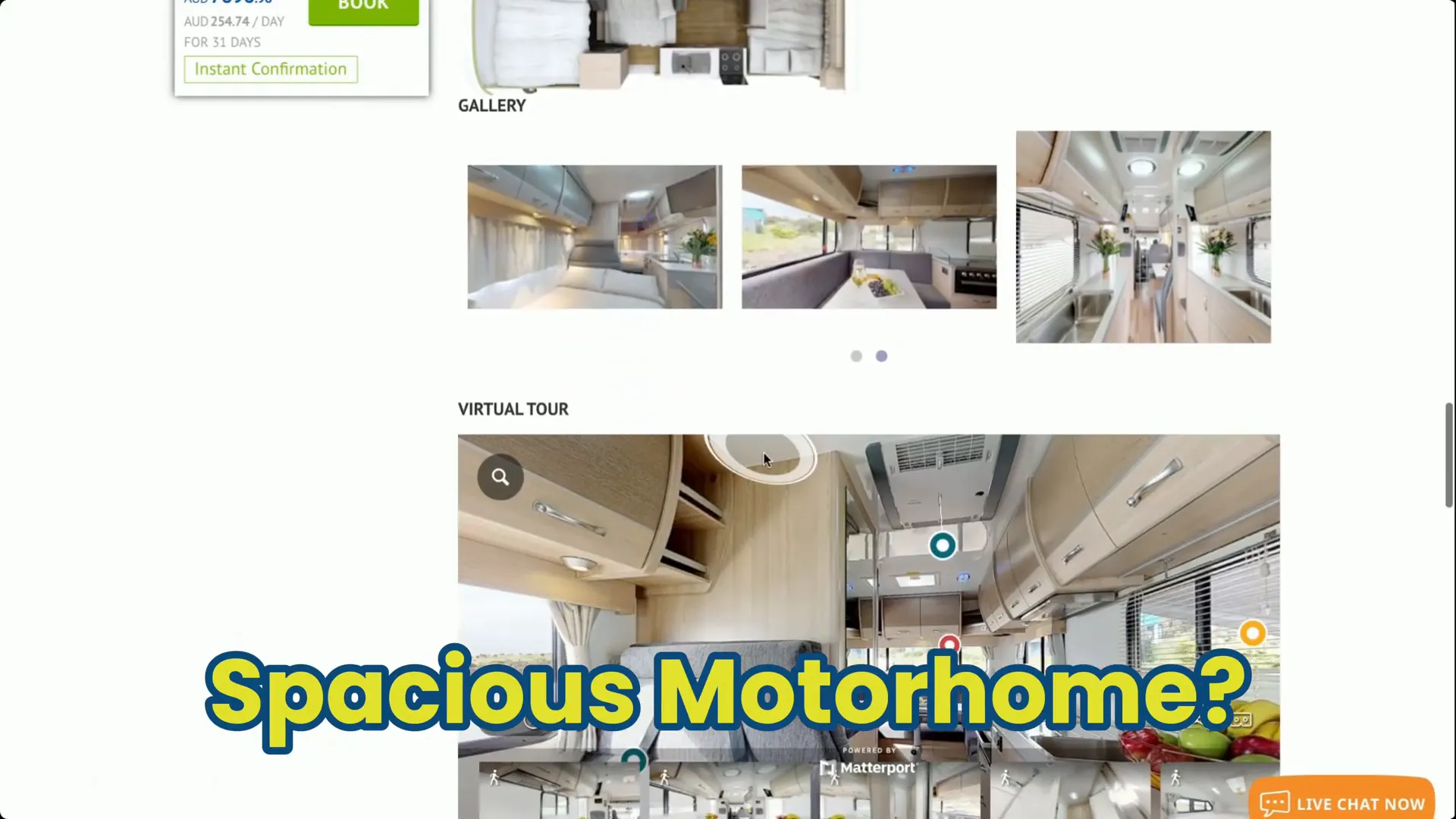
Rental Locations, Costs, and Policies
Australia is a vast country, so your starting point and route will have a big impact on your campervan rental experience.
Rental Depot Locations
Fortunately, major rental companies have depots in most key tourism gateways such as Sydney, Melbourne, Brisbane, Cairns, Adelaide, Perth, and Darwin. There are also depots in Tasmania’s Hobart, and sometimes in smaller regional towns like Alice Springs and Broome.
Choosing a rental location close to your arrival airport or planned itinerary will save you time and transportation hassles.
Planning Your Route
With limited time, it’s smart to focus on one region rather than trying to drive the entire continent. Here are some popular routes:
- Two-week trips: Brisbane to Cairns, Melbourne to Sydney, or the Great Ocean Road in Southern Australia.
- Three to four weeks: Sydney to Cairns or Perth to Darwin for an epic outback journey.
Keep in mind the huge distances involved. For example, Sydney to Cairns is about 2,500 kilometers (1,500 miles), and Perth to Sydney is over 4,000 kilometers (2,500 miles) — comparable to driving across the United States.
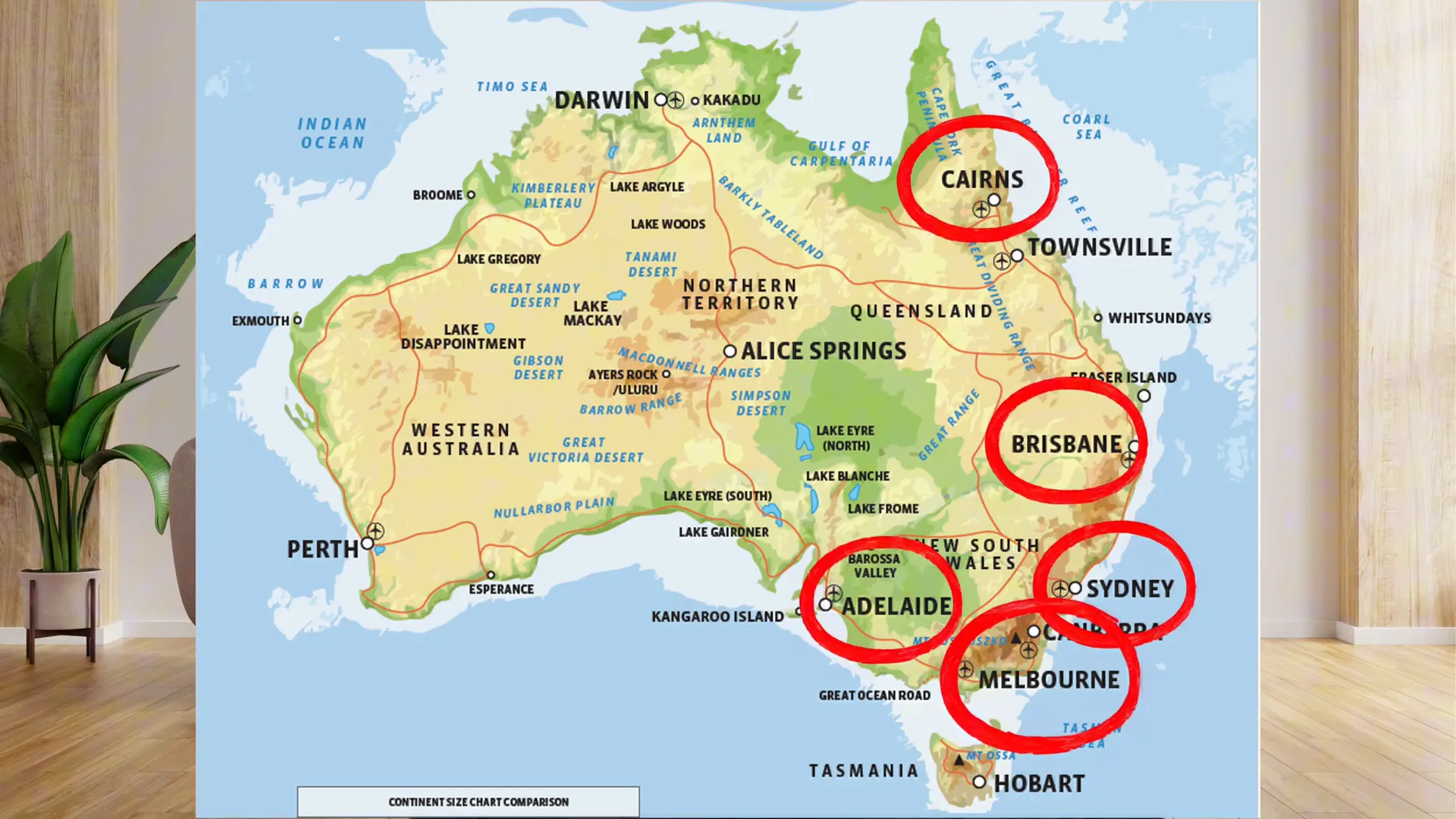
One-Way Rentals
Many international travelers choose to pick up their campervan in one city and drop it off in another. This is very common and offered by most big companies. However, one-way rentals often come with an extra fee ranging from $200 to $500 or more, depending on the distance and locations.
Always check the specific one-way fees for each operator on comparison sites like DriveNow to budget accordingly.
Relocation Deals: Rent for as Little as $1 a Day
Here’s a budget-friendly tip: companies occasionally need to move vehicles back to certain depots and offer relocation deals where you can rent a campervan for as little as one dollar a day. Sometimes fuel is even included.
These deals are amazing if your timing and route match the relocation needs. However, they usually come with tight deadlines — you might only have 3 to 5 days to cover a long distance. This isn’t ideal for travelers wanting a relaxed holiday, but if you’re flexible, it can save you a lot of money.
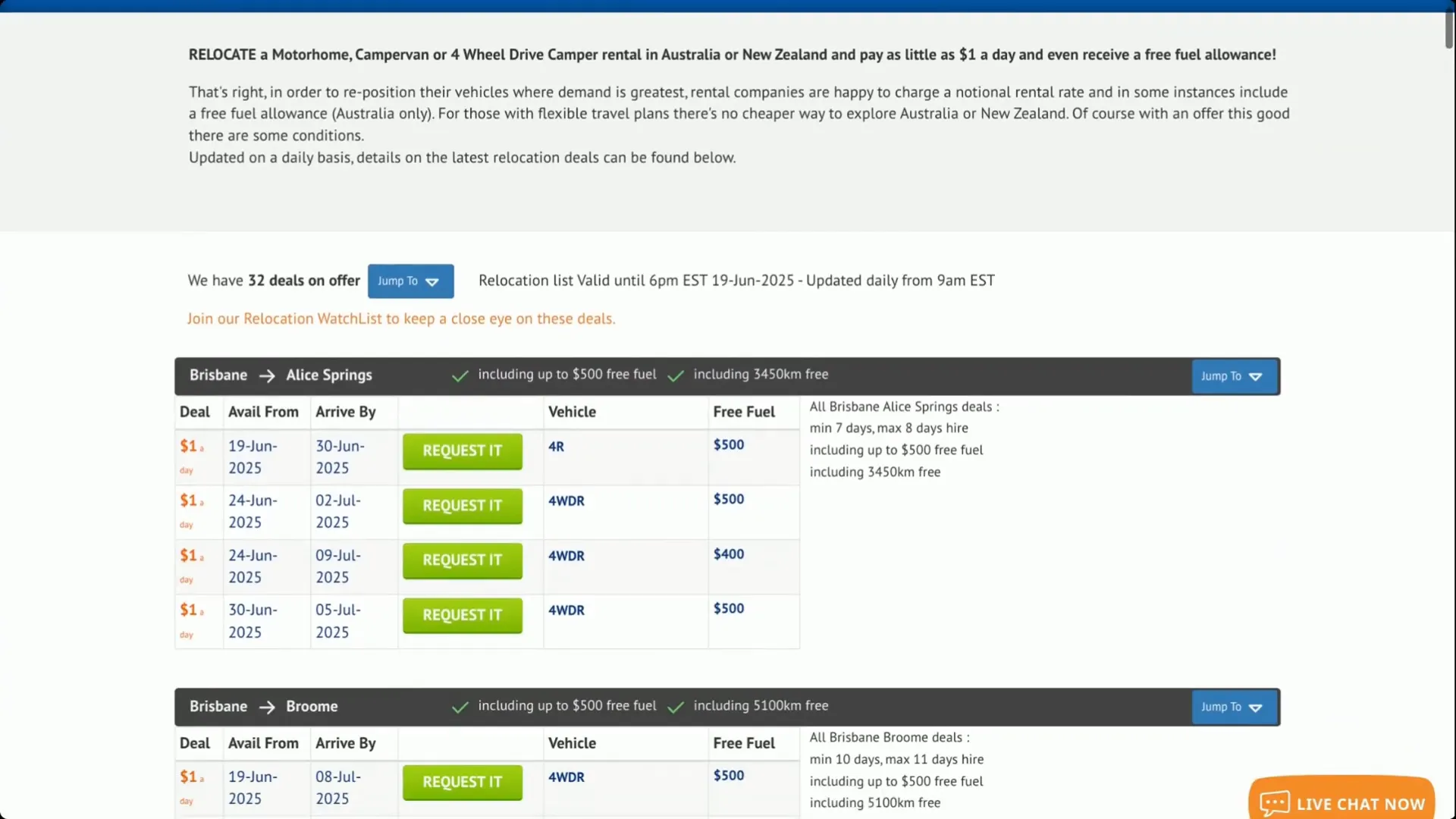
Understanding Rental Costs
The cost of campervan and motorhome rentals in Australia varies widely depending on season, vehicle type, and demand.
Typical Price Ranges
- Basic two-berth campervan: Around $100 to $150 AUD per day
- Large motorhome (4-6 berth or more): $150 to $500 AUD per day
Prices fluctuate throughout the year:
- Peak season: December to February (summer) and school holidays, when demand and prices are highest.
- Off-peak: Winter months (May to August) in southern Australia, when prices can be significantly lower.
Booking early is crucial to lock in better rates. Last-minute bookings during peak season can be extremely expensive or impossible due to sold-out availability, especially on popular routes like Perth to Broome during the winter months (May to September).
How Rental Days Are Charged
Unlike rental cars charged by 24-hour periods, campervans and motorhomes are charged by full rental days. Whether you pick up your campervan at 9 AM or 3 PM, you will be charged for the entire day.
Additional Costs to Budget For
Besides the daily rental rate, there are several important additional costs to consider when budgeting for your campervan rental in Australia.
Insurance Bond and Excess
Rentals usually come with basic insurance that carries a high excess or liability, often between $5,000 and $8,000 AUD. This means if you have an accident, damage, or theft, you are liable for this amount.
A credit card pre-authorization or security deposit for this amount is typically required when you pick up the vehicle, so make sure your credit card has sufficient funds.
To reduce this excess, you can purchase an excess reduction coverage from the rental company, often called a liability reduction or stress-free package. This typically costs between $20 and $60 AUD per day.
Alternatively, some travelers use separate travel insurance or credit card insurance to cover the rental vehicle excess. Whichever way you choose, ensure you are adequately covered as damage claims can be very costly.
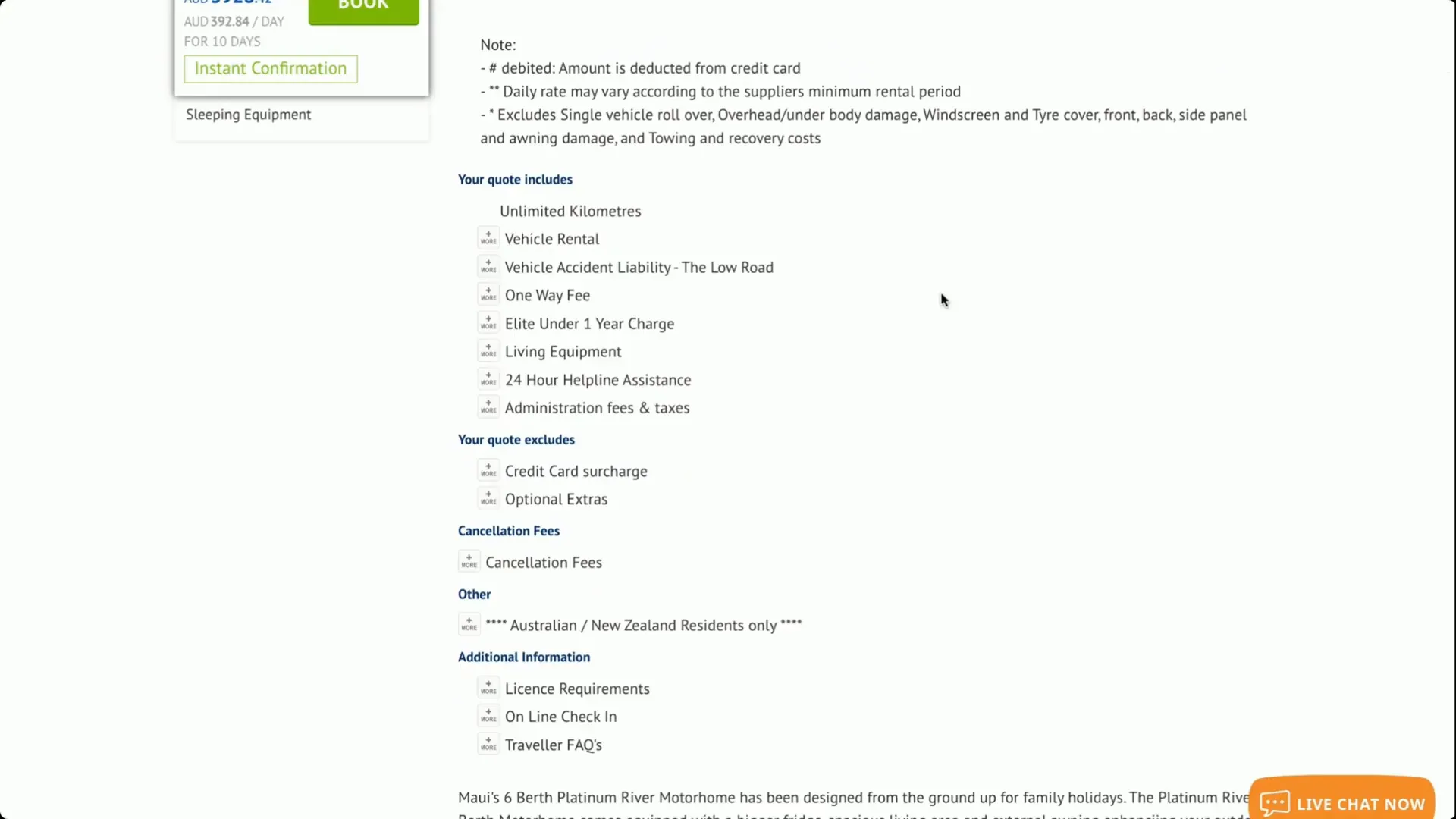
Fuel Costs
Fuel is a significant expense for campervan trips. Most campervans and motorhomes in Australia run on diesel, and fuel prices vary by location. You might pay around $1.50 AUD per liter in cities, but prices can rise above $2.00 AUD per liter in remote outback areas.
On a long trip covering 5,000 kilometers (3,000 miles), fuel costs will add up quickly, so factor this into your budget carefully.
Camping and Motorhome Park Fees
While your accommodation is on wheels, you can’t just park anywhere overnight. Most nights you’ll stay in campgrounds or motorhome parks, especially in popular tourist areas.
Typical costs include:
- Holiday park sites with power hookups: $30 to $60 AUD per night for two people
- National park campgrounds or basic country town camps: $10 to $25 AUD per night
Free camping is possible in some inland and less populated regions, but it is not always allowed, especially in coastal or tourist areas. Many local councils prohibit overnight camping outside designated areas, so always check local regulations.
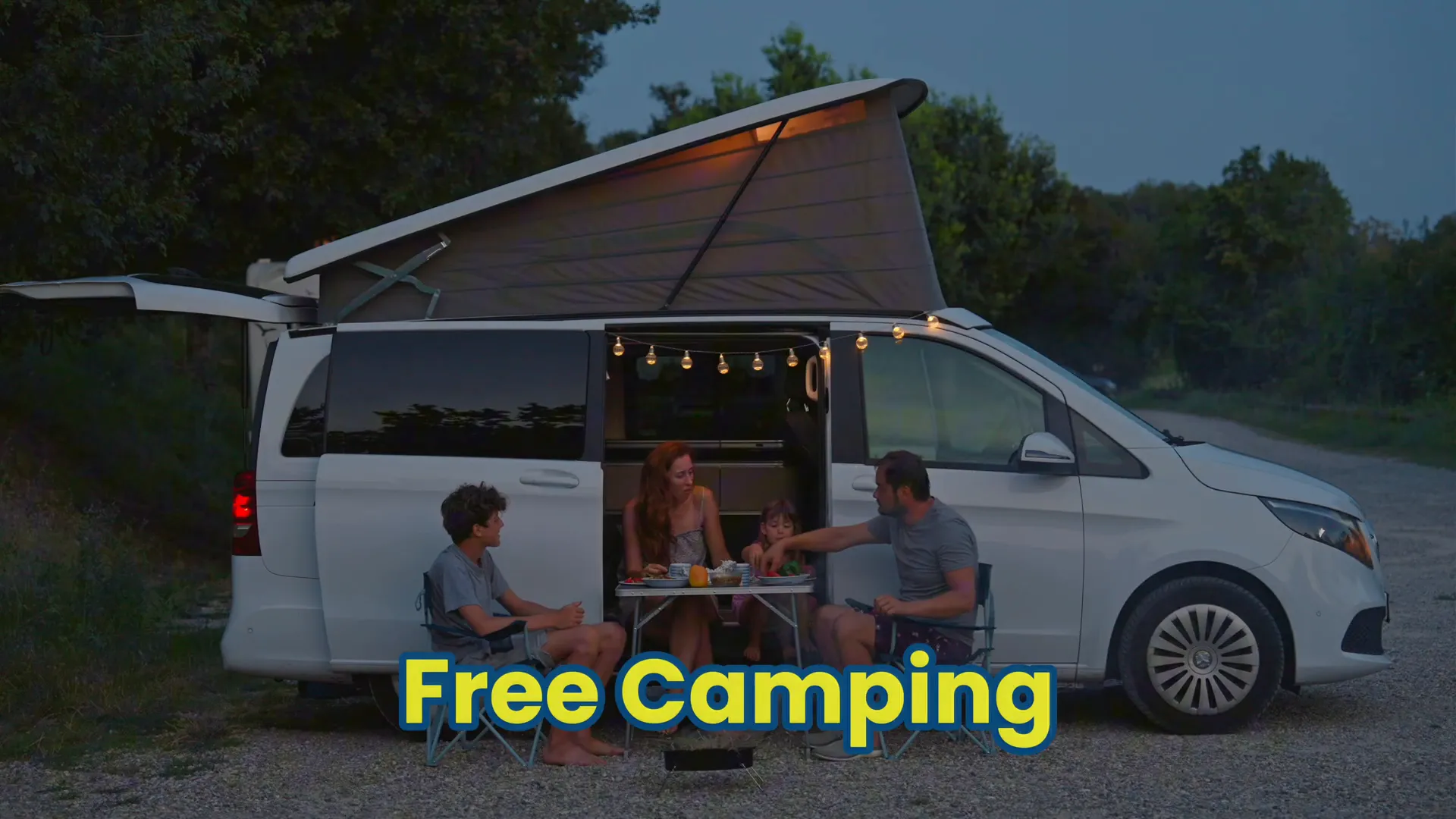
Other Add-On Costs
Additional items such as camping chairs and tables, GPS units, child seats, portable WiFi, or snow chains (for alpine winter travel) often come at extra charges unless included in your rental package.
Also, campervans usually come with a full gas bottle for cooking, which you should return full or pay for refilling.
Final Tips for a Smooth Campervan Rental Experience
- Research thoroughly and compare different rental operators and vehicle types using tools like DriveNow.
- Understand all inclusions and exclusions in your rental agreement, especially insurance and additional fees.
- Plan your route realistically, considering distances and travel time.
- Be prepared for driving a larger vehicle if you choose a motorhome, and give yourself time to adjust.
- Budget carefully for all costs, including fuel, camping fees, and insurance excess.
- Consider relocation deals for budget-friendly rentals if your itinerary is flexible.
Renting a campervan in Australia opens the door to an unforgettable journey through some of the world’s most stunning landscapes. Whether you’re exploring the rugged outback, coastal highways, or national parks, having your own mobile accommodation gives you freedom and flexibility like no other travel style.
By understanding the vehicle options, rental operators, costs, and policies detailed here, you’ll be well-prepared to make the most of your Australian campervan adventure.
Safe travels and enjoy the open road!
Further Resources:
- Best Selection of Campervans & Motorhomes in Australia
- Big 5 Holiday Parks
- WikiCamps Australia App
- Camps Australia App
Additional Travel Resources
To further enhance your trip, here are some valuable resources:
Explore our NZ Must Do & See Playlist here
Download the 100% FREE Travel Planning Sheet here
Australia Youtube Playlist here
Watch our NZ Travel Planning Playlist on YouTube here
Review our NZ Sample Travel Itineraries on YouTube here
Check out our NZ Road Trips Playlist for route inspiration here







Leave a Reply